During an earthquake in the New York area, you want more than luck on your side. While NYC isn’t California, the East Coast has had its share of seismic surprises. Designing an earthquake-proof house isn’t about building a bunker—it’s about smart engineering. You want to keep your family safe and your investment intact. How do you earthquake-proof your home without going broke?
Build on Solid Ground (Literally)
Your home’s endurance begins below the surface. Consider your foundation the house’s handshake with the earth. It should be strong, but also have some give.
- Reinforced concrete foundations: Steel rebar creates the perfect marriage of strength and ductility
- Base isolation systems: Use rubber and lead pads between the foundation and structure, acting like shock absorbers
- Cost consideration: This technology costs $15,000-$30,000 for residential properties, essentially installing a safety net that moves with the earth
Choose Materials That Bend, Don’t Break
Here’s where material science becomes your best friend:
- Steel framing: Offers exceptional ductility and can bend up to six times more than traditional materials without snapping
- Engineered wood products: Cross-laminated timber (CLT) combines strength with flexibility at 20-30% less cost than steel
- Reinforced concrete: When properly designed with rebar, it absorbs seismic energy like a pro
Avoid unreinforced masonry walls—they’re earthquake kryptonite. If you are renovating an older brownstone, retrofitting with these materials typically runs $50-$150 per square foot, depending on your home’s current condition.
Install Shear Walls and Bracing
Shear walls are your home’s invisible superheroes. These vertical structural elements run from foundation to roof, preventing your house from playing accordion during intense ground shaking. Strategically placed in stairwells and along exterior walls, they transfer lateral forces into the foundation. Modern building codes in seismic zones mandate these walls—they can reduce structural movement by up to 80%.

